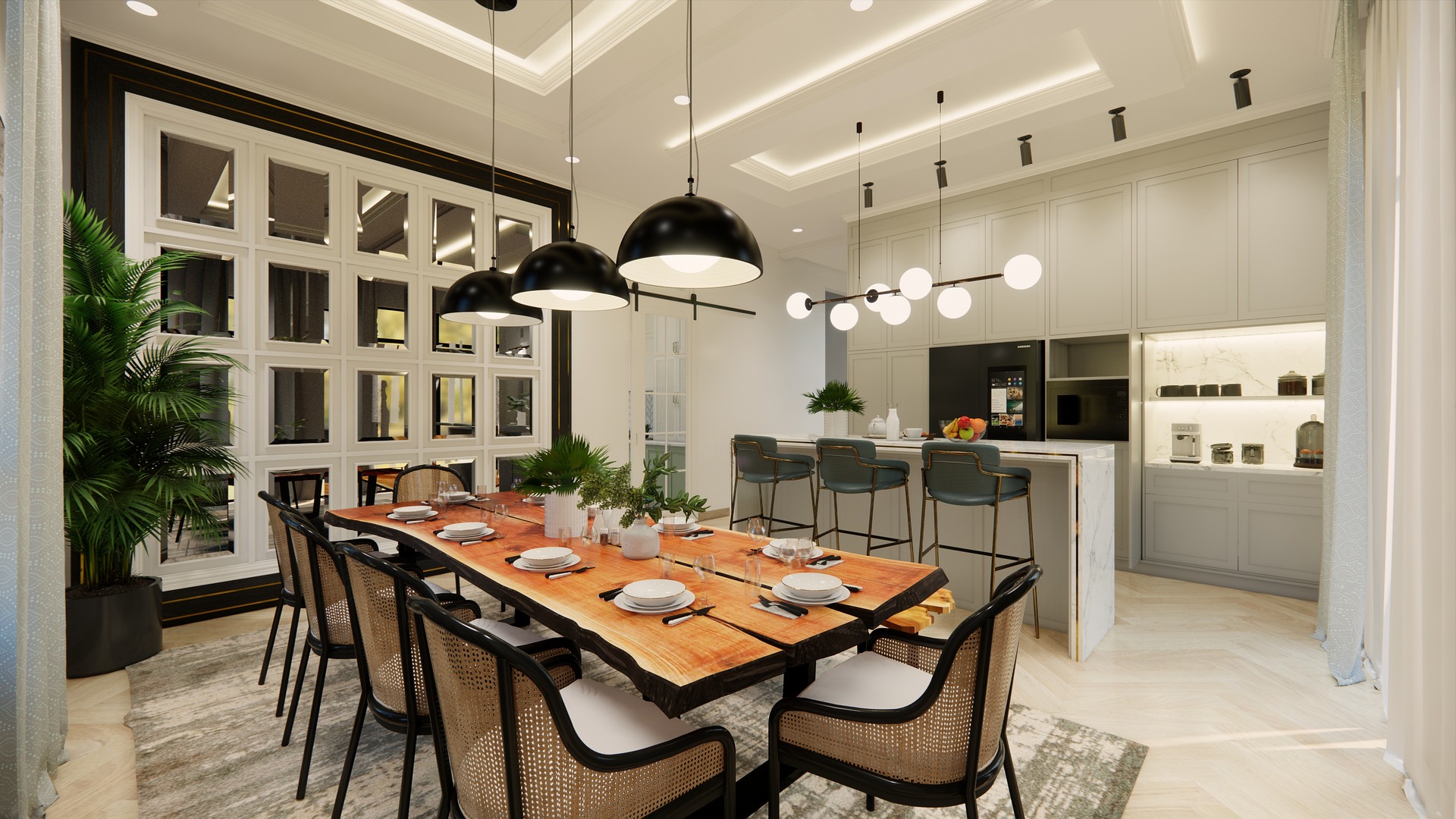Acoustic Textiles: Harmonizing Sound and Style in Home Design
Imagine stepping into a room where the very fabric of your surroundings plays a symphony of silence. The curtains, the upholstery, even the wall hangings work in concert to create an oasis of tranquility, absorbing unwanted noise and enhancing the acoustic quality of your space. This isn't a futuristic fantasy—it's the reality of acoustic textiles, a groundbreaking trend that's reshaping the way we think about interior design and soundscaping our homes.

The Quiet Revolution: Understanding Acoustic Textiles
Acoustic textiles represent a harmonious blend of form and function in interior design. These innovative fabrics are engineered to absorb sound waves, reducing echo and reverberation within a space. Unlike traditional sound-dampening materials that often sacrifice aesthetics for functionality, acoustic textiles seamlessly integrate into your décor, offering a dual benefit of style and acoustic performance.
The science behind these textiles lies in their unique construction. Manufacturers use specialized weaving techniques and materials to create fabrics with high sound absorption coefficients. Some incorporate micro-perforations or three-dimensional structures that trap sound waves, while others use sound-absorbing fibers woven into intricate patterns. The result is a textile that looks and feels like a luxury fabric but performs like a high-tech acoustic panel.
From Concert Halls to Living Rooms: The Evolution of Acoustic Design
The concept of acoustic design isn’t new—it has long been a crucial consideration in the construction of concert halls, recording studios, and other spaces where sound quality is paramount. However, the application of acoustic principles in residential settings has traditionally been limited and often visually unappealing.
The advent of acoustic textiles marks a significant shift in this paradigm. As our homes increasingly serve multiple functions—from workspace to entertainment center—the need for effective sound management has grown. Acoustic textiles offer a solution that doesn’t compromise on style, allowing homeowners to create spaces that are as pleasing to the ear as they are to the eye.
The Aesthetic Advantage: Beauty in Sound Absorption
One of the most compelling aspects of acoustic textiles is their versatility in design. These fabrics come in a wide array of colors, patterns, and textures, allowing them to complement any interior style, from minimalist modern to opulent traditional.
Designers are incorporating acoustic textiles in innovative ways. Hanging tapestries double as sound-absorbing wall art, while plush upholstery fabrics on sofas and chairs not only provide comfort but also contribute to a room’s acoustic profile. Even seemingly decorative elements like room dividers and ceiling-mounted “clouds” can be crafted from acoustic textiles, serving both visual and auditory purposes.
The tactile quality of these fabrics adds another dimension to their appeal. Many acoustic textiles feature rich textures that invite touch, creating a sensory experience that goes beyond the visual and auditory. This multisensory approach to design is particularly relevant in today’s interiors, where creating immersive, comfortable environments is key.
Beyond the Living Room: Unexpected Applications
While acoustic textiles find natural homes in living rooms and bedrooms, innovative designers are finding unexpected applications throughout the house. In home offices, acoustic textiles can create a quieter, more focused work environment. In open-plan kitchens, they can help dampen the clatter of pots and pans, making the space more conducive to conversation.
Even in bathrooms, traditionally challenging spaces acoustically due to hard surfaces, acoustic textiles are making an impact. Shower curtains and bath mats designed with sound-absorbing properties can significantly reduce echo and create a more spa-like atmosphere.
One particularly intriguing application is in children’s rooms and playspaces. Acoustic textiles can help create calmer environments for learning and sleep, while still allowing for vibrant, child-friendly designs. Some manufacturers are even developing interactive acoustic panels that combine sound absorption with tactile play elements, offering a unique solution for families.
The Technical Tapestry: How Acoustic Textiles Work
To truly appreciate the innovation behind acoustic textiles, it’s worth delving into the technical aspects of their design. The effectiveness of these fabrics is measured by their Noise Reduction Coefficient (NRC), which indicates the amount of sound energy absorbed by the material.
Most acoustic textiles achieve their sound-absorbing properties through a combination of factors. The fiber composition plays a crucial role—natural fibers like wool have inherent sound-absorbing qualities, while synthetic fibers can be engineered for optimal acoustic performance. The weave structure is equally important, with looser weaves generally allowing for better sound absorption.
Some advanced acoustic textiles incorporate multiple layers, each serving a specific purpose. A decorative outer layer might be combined with a highly absorbent inner layer, all while maintaining a slim profile. This layered approach allows for maximum flexibility in design while ensuring top-notch acoustic performance.
The Future Sounds Good: Innovations on the Horizon
As the field of acoustic textiles continues to evolve, exciting innovations are on the horizon. Researchers are exploring the potential of smart fabrics that can actively adapt to the acoustic environment, adjusting their properties to provide optimal sound absorption in real-time.
Another area of development is in sustainable acoustic textiles. Manufacturers are experimenting with recycled materials and eco-friendly production processes to create fabrics that are as kind to the environment as they are to our ears. Some are even exploring biomimicry, looking to nature’s sound-absorbing structures for inspiration in textile design.
The integration of acoustic textiles with other smart home technologies also presents intriguing possibilities. Imagine curtains that not only absorb sound but also adjust their opacity based on ambient noise levels, or wall panels that change color to indicate optimal acoustic conditions for different activities.
As we continue to seek balance in our increasingly noisy world, acoustic textiles offer a promising solution. They represent a perfect harmony of form and function, allowing us to create spaces that not only look beautiful but sound beautiful too. In the symphony of home design, acoustic textiles are set to play a leading role, orchestrating environments that resonate with both style and serenity.




